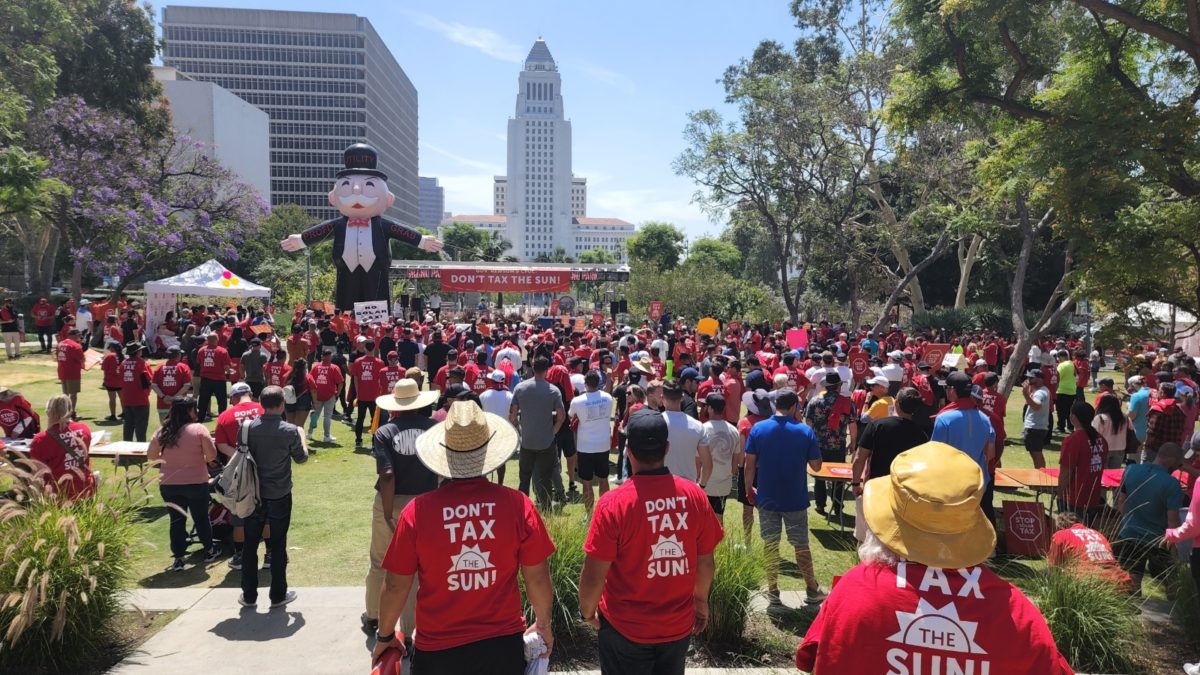Details of the Ex Parte meeting between the CPUC and SEIA were published. This gives you an idea of where the tweaks may be in the previous NEM 3.0 PD vs where it may end up after these latest talks. It sounds like Newsom wants the CPUC to give a little ground, so there is a chance you'll see the next NEM 3.0 PD "improve" in some areas based on what the SEIA is pushing for. SEIA and CALSSA have usually been aligned in what they have asked for.
Unfortunately, the talks are mostly around the market transition credit vs "ACC adder" as a way for a future NEM customer to better get value on their exports as a PV+ESS install vs PV-only.
And of course SEIA is against a "gross consumption" meter and the legalities of even allowing that.
But, this means the NEM 3.0 PD applying a $8 kWp AC per Month fee isn't even up for discussion. Other than the gross consumption NBC, I don't see any evidence that there is an alternative NBC/fixed-cost fee structure being talked about. So it would reason to me that the CPUC would just stick with their NBC language from the PD.
I really wish the SEIA/CPUC would discuss how to calculate whether a future homeowner could actually pull off a hypothetical NEM 3.0 project. I still cannot get my ghetto Excel models to show how a future PV+ESS install makes any economic sense with NEM 3.0. The ACC adder will help the interim installs during the transition period. But once the adder phases out in a few years, solar + ESS would need to be like 1/2 of what we are paying today to make any sense for a normal homeowner to even consider doing. And even then, having PV+ESS "no NEM" (no exports at all) still beats NEM 3.0 on a recurring/monthly basis.



